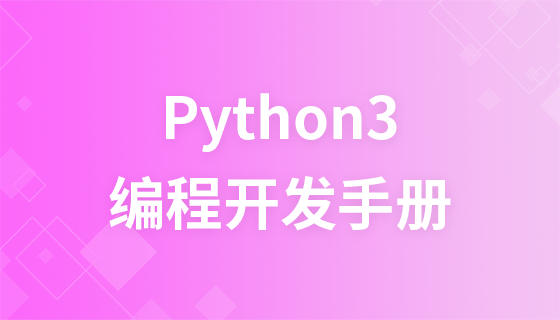
Process-oriented and object-oriented are programming ideas. We cannot say whether a certain language is object-oriented or process-oriented, but whether a certain language supports object-oriented or process-oriented programming.

Back to the topic, Python can support object-oriented, but it can also support process-oriented. Even if it does not support object-oriented languages, such as C language, you can still use object-oriented ideas. programming. You can understand object-oriented as "modularization", and python happens to be able to do this. Function files written by yourself can use import to reference modules. Even if classes are not used to define classes, object-oriented ideas can be realized.
Object-oriented
1. What is object-oriented
First we need to understand what an object is. In layman's terms, it's something. Our world is made up of all kinds of things. There are connections between things. In real life, when we describe a thing or an item, we often describe it from two aspects. For example, if I want to describe a mobile phone, the first thing is the appearance (attribute): white, 5.5-inch, rectangular, and then the function is described: watching movies, making phone calls, and playing games.
2. The difference between object-oriented and process-oriented
The characteristics of process-oriented: from top to bottom, executed in sequence, we need to consider every step.
Object-oriented characteristics: Object-oriented is more in line with our human thinking. We just need to find the object we need.
Withdrawing money from ATMs
Process-oriented: We need to consider every step, such as the amount when withdrawing money, the balance, and whether the user's input is legal
Object-oriented: You only need to consider the object ATM
3. Object-oriented characteristics
Generally speaking, there are three characteristics of object-oriented: encapsulation, Inheritance and Polymorphism
Some old textbooks will tell you that there are four characteristics of object-oriented: in addition to the above three, there is also an additional abstraction
Encapsulation: it hides the details , not exposed to the outside. For example, in real life, a television is a typical package, and the details of the internal electronic components cannot be seen
Inheritance: Just like in real life, a son can inherit some things from his father. In the program, subclasses can inherit from parent classes.
Polymorphism: From a language perspective, the same method on different objects has different effects. For example, in real life, the word action has different meanings for people in different professions.
The above is the detailed content of What programming is python designed for?. For more information, please follow other related articles on the PHP Chinese website!
 What are the common tomcat vulnerabilities?
What are the common tomcat vulnerabilities? Usage of source command in linux
Usage of source command in linux Introduction to the characteristics of virtual space
Introduction to the characteristics of virtual space What are the configuration management tools?
What are the configuration management tools? What are the functions of computer networks
What are the functions of computer networks What does it mean to use a printer offline
What does it mean to use a printer offline What to do if the Chinese socket is garbled?
What to do if the Chinese socket is garbled? How to export project in phpstorm
How to export project in phpstorm

